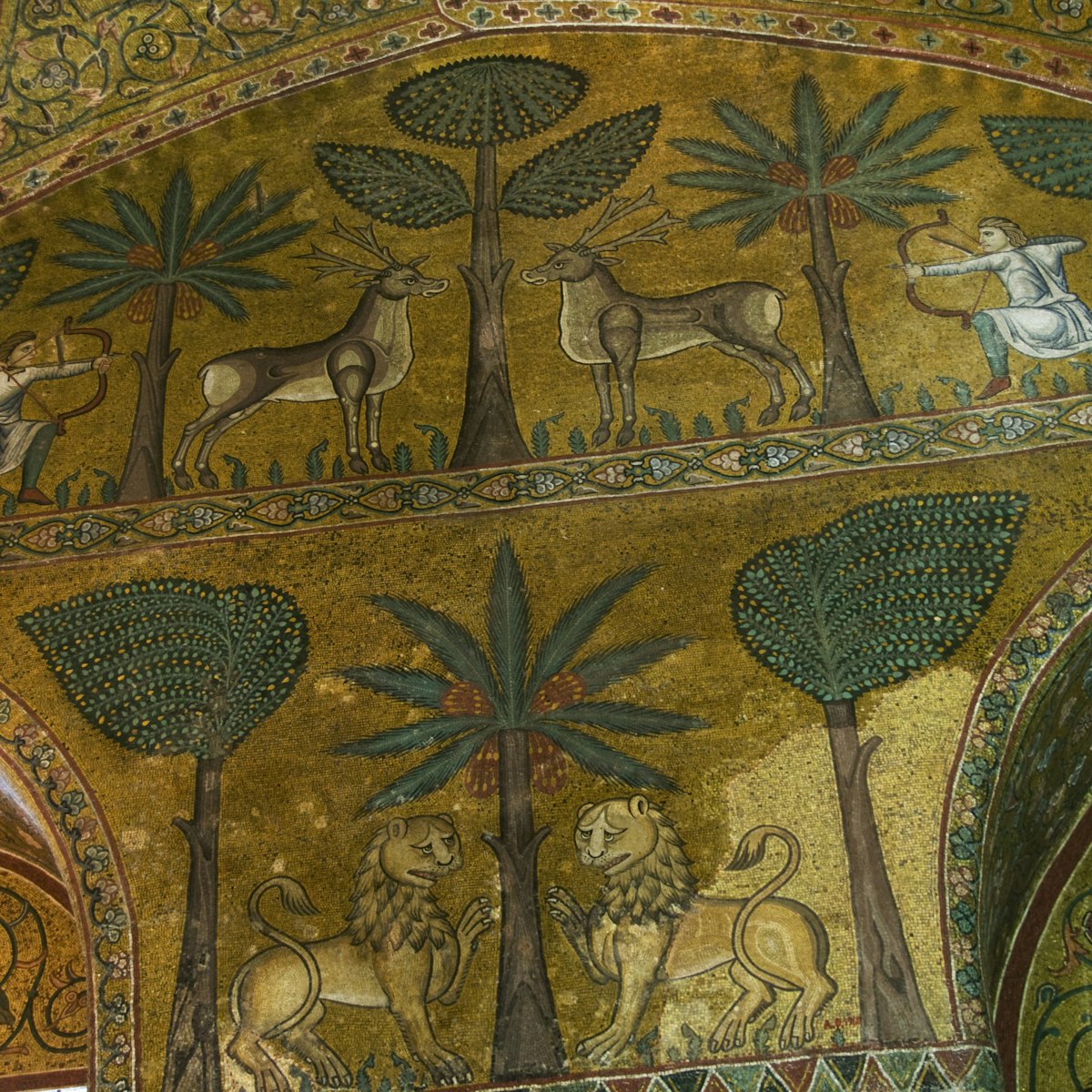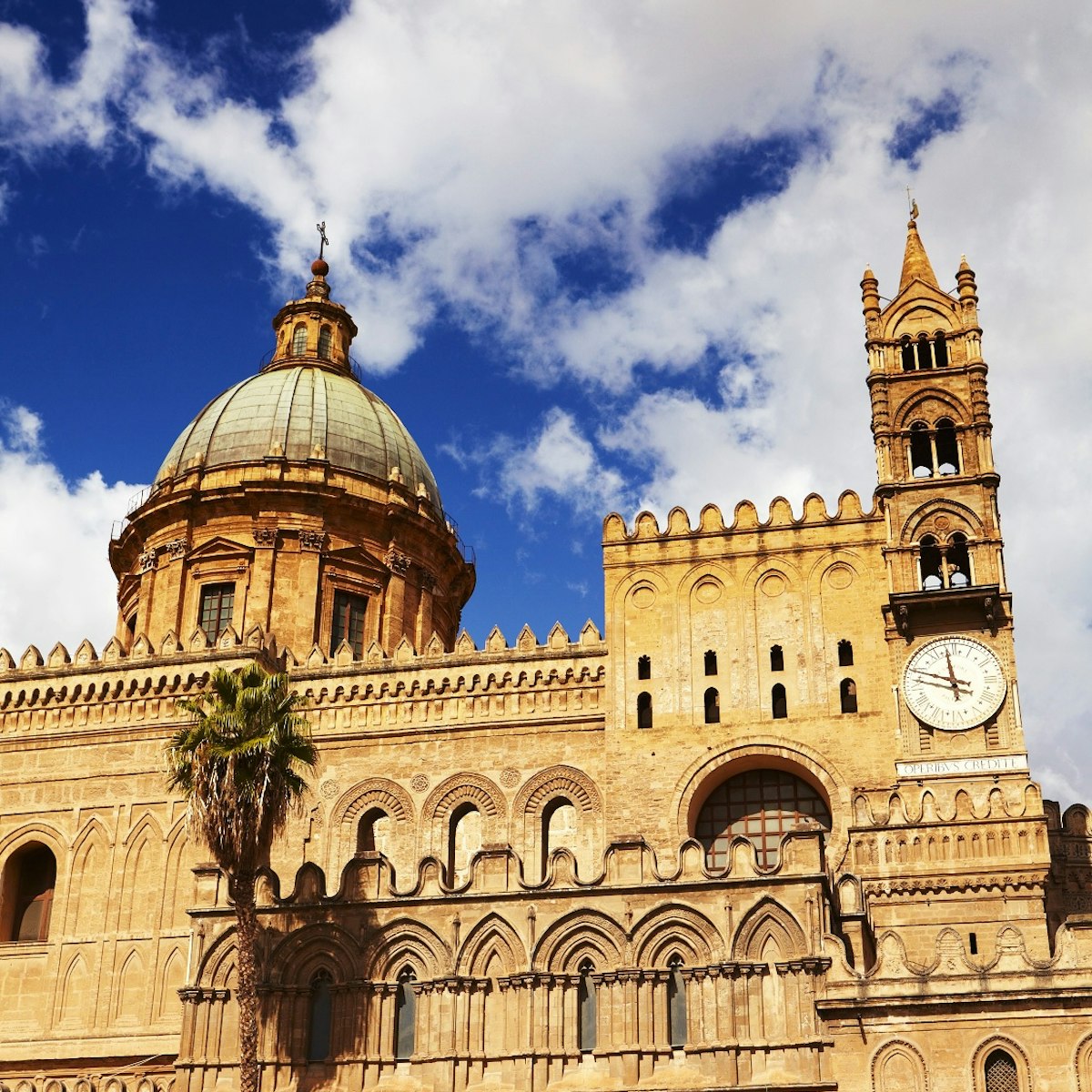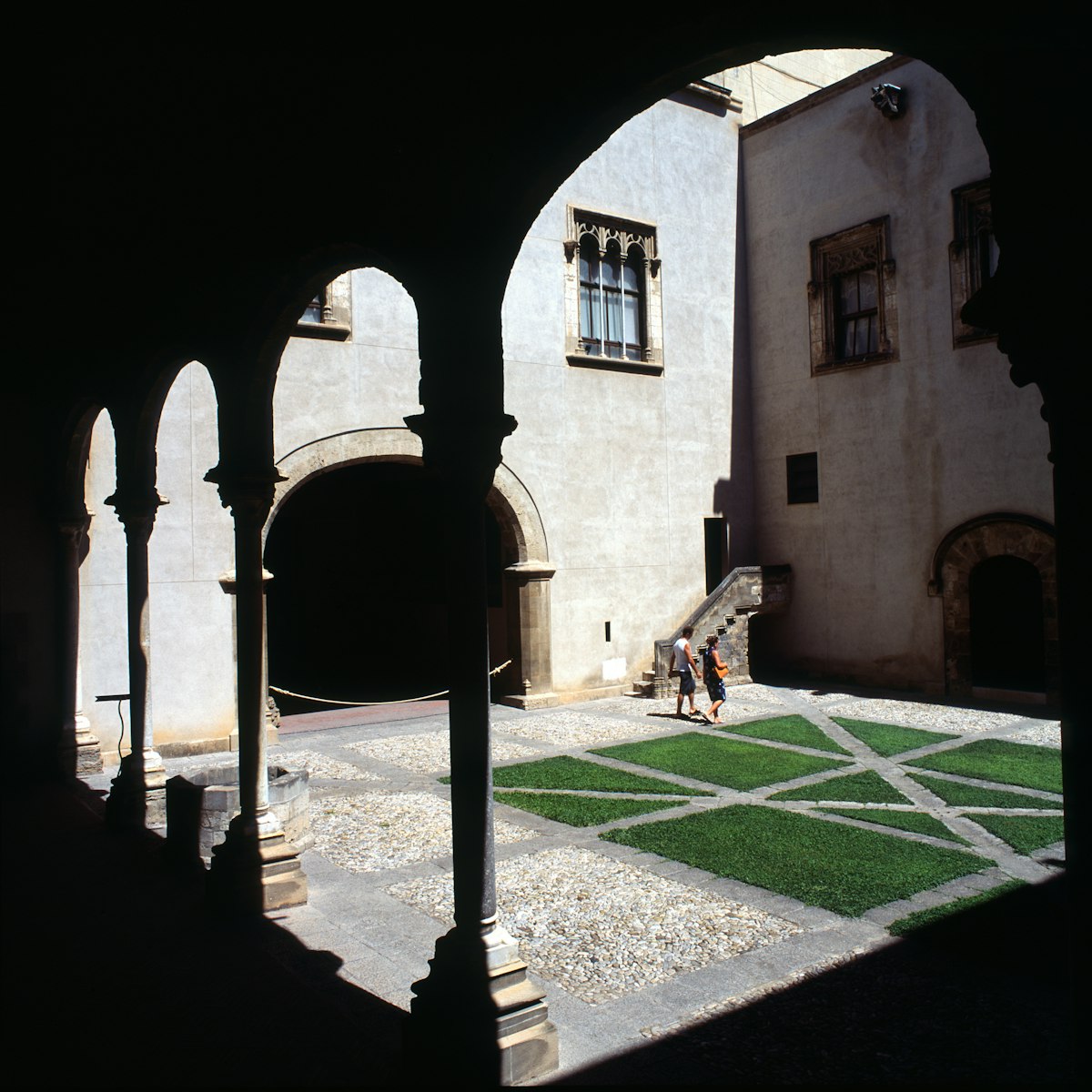Founded in 648 BC by Greeks from Zankle (now Messina), the ruined city of Himera is rather disappointing compared with other Greek sites around Sicily. The most recognisable feature is the Tempio della Vittoria, a Doric structure built to commemorate the Greeks' defeat of the Carthaginians, now reduced to the ruined bases of its perimeter columns. More interesting is the recently renovated Antiquarium, 200m south, which displays several artefacts recovered here, including well-sculpted lion-head drain spouts from the temple's roof.
The first Greek settlement on this part of the island, Himera was a strategic outpost on the border of the Carthaginian-controlled west. Here in 480 BC the combined armies of Theron of Agrigento and Gelon of Syracuse decisively defeated a sizable Carthaginian army led by Hamilcar, who threw himself on the funeral pyre of the Carthaginian dead in a heroic act of self-immolation. The Carthaginians had intended to take Himera and wrest control of the island from Greek hands, but the Greek victory put an end to all that. In 409 BC, Himera paid the price for Carthage's defeat, when Hamilcar's nephew Hannibal destroyed the town in revenge for his uncle's death.
More impressive pieces from the site can be seen in Palermo's Museo Archeologico Regionale.
Himera is best reached with your own vehicle. The ruins straddle the SS113, 21km west of Cefalù. Take the Buonfornello exit near the junction of the A19 and A20 and continue west 1km.







